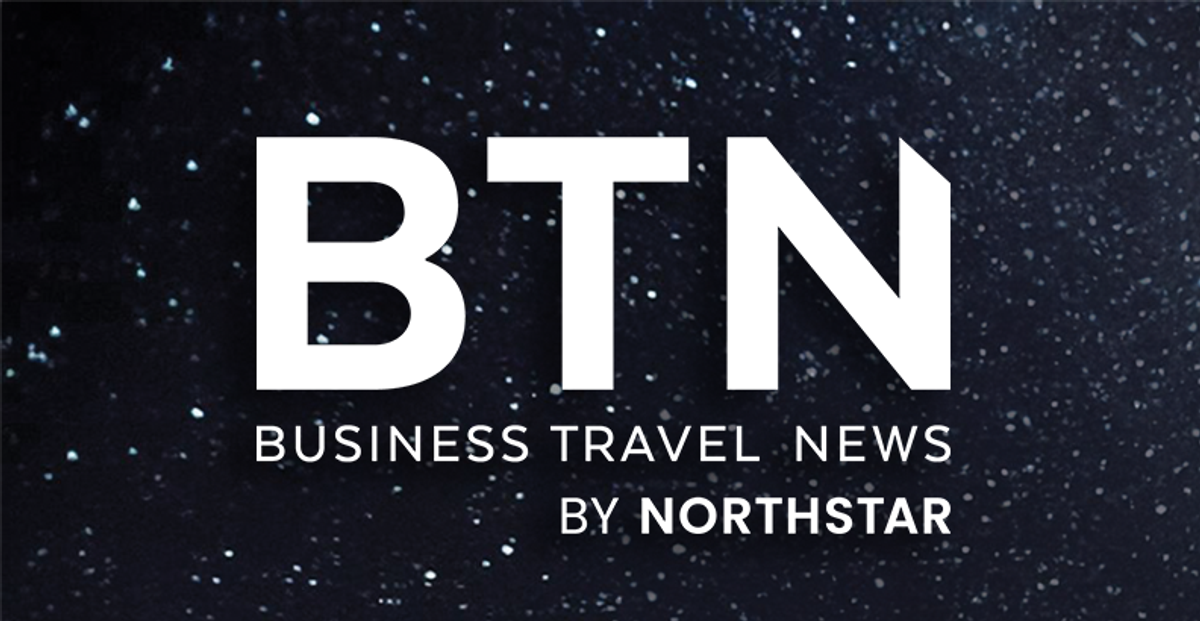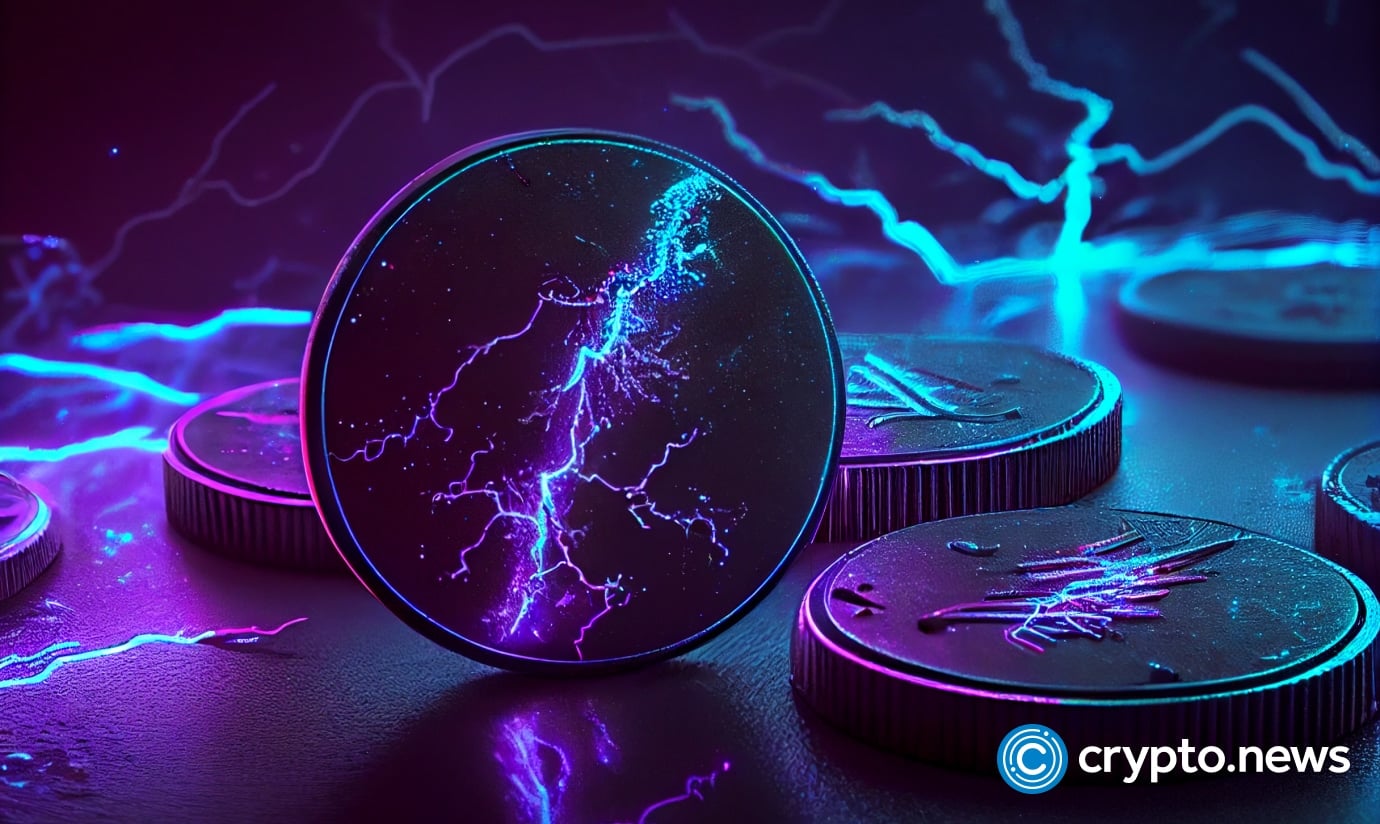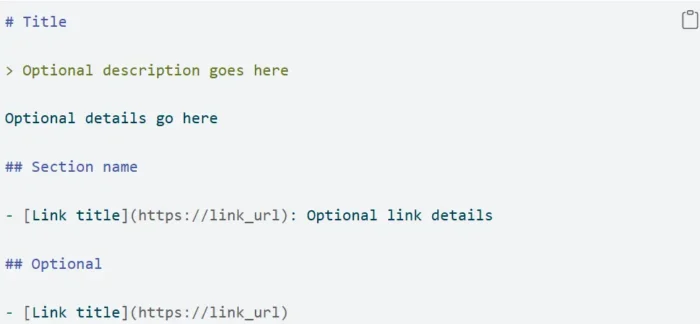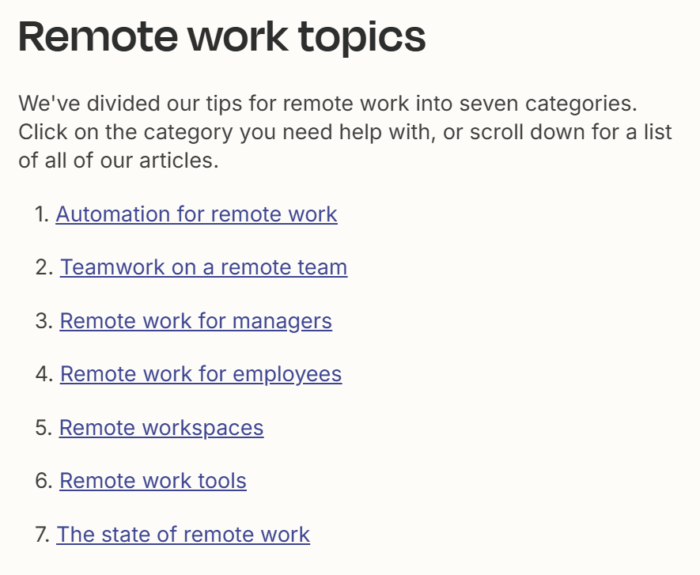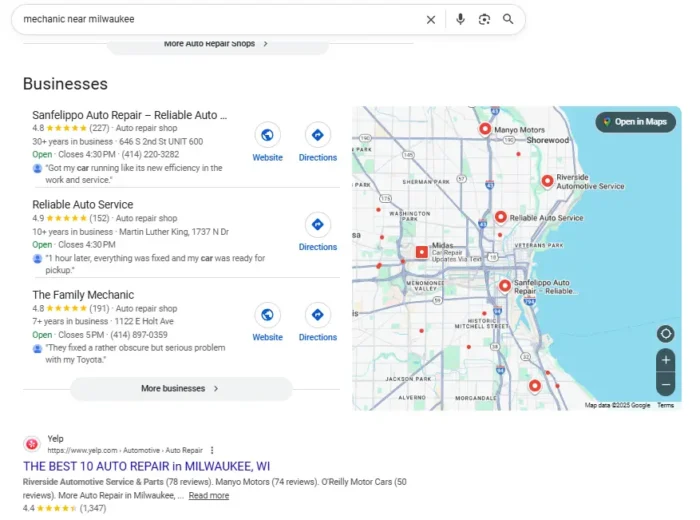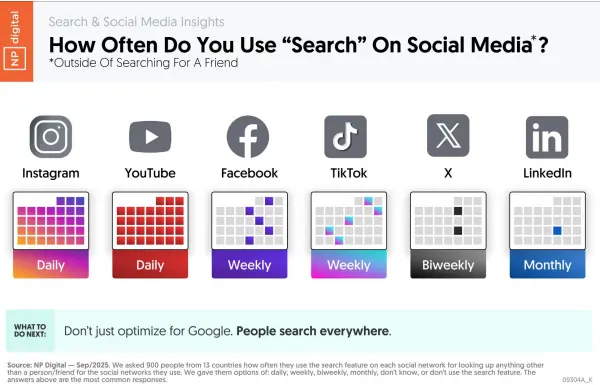Demand spike, incentives bust, and tariffs: Renewable energy's biggest stress test is here
Companies in solar, wind, and hydrogen are facing subsidy walk backs and tariffs at a time when clean energy providers are essential to the supply equation.

Mint Images | Mint Images Rf | Getty Images
Electricity grid demands are on the rise in part due to energy-hungry technology like AI, and while experts believe renewable energy alone is not enough, it is essential to a broader supply equation. But with funding freezes, subsidy walk backs and tariffs on key components all on the table, solar, wind, and hydrogen companies are working harder than ever to make their business models work, even if they never intended to rely on federal support for the long term.
"One of the hats I used to wear was planning for the City of New York. For the longest time, there was decreasing [energy] demand," said Aseem Kapur, chief revenue officer of GM Energy, an arm of General Motors that the company introduced in 2022. "Over the course of the last five or so years, that equation has changed. Utilities are facing unprecedented demand."
Beyond New York City, U.S. energy demand is poised to grow upwards of 16% in the next five years, a big difference from the 0.5%it grew each year on average from 2001 to 2024, according to the Center for Strategic & International Studies.
For the renewable energy companies looking to break into the mainstream, subsidies have helped them get through their early days of growth. But President Trump has targeted these solutions from the first day of his presidency. In an executive order from Jan. 20, the Trump administration promised to "unleash" an era of fossil fuels exploration and production while also eliminating "unfair subsidies and other ill-conceived government-imposed market distortions that favor EVs over other technologies." Last week, Trump issued an EO pushing for more coal production.
In a six-year study breaking down energy subsidies from the U.S. Energy Information Administration from 2022 (the most recent edition), 46% of federal energy subsidies were associated with renewable energy, making them the largest slice of the energy pie. At the same time, natural gas and petroleum subsidies became a net cost to the government in 2022, reversing what had been a source of revenue inflows.
"Every company I've talked to recognizes that subsidies were required to help them through an R&D cycle, but they all believed they had to get to a cost parity point," said Ross Meyercord, CEO of Propel Software (and former Salesforce CIO), whose manufacturing software solution serves energy clients like Invinity Energy Systems and Eos Energy Storage. "Every company had that baked into their business model. It may happen faster than they were planning on, and obviously that creates challenges."
Meyercord believes that clean energy companies can handle either a subsidy decrease or a rise in tariffs, but both at the same time will add substantial stress to the market, which could have negative downstream effects on the grid — and the people who rely on it.
'Not going to get rid of fossil fuels overnight'
Like any energy source, Kapur says success always comes down to economics. In the current environment, with interest rates, and fears that inflation will reignite, he said, "it's going to come down to, 'What are the most cost-effective solutions that can be brought to market?'" That may vary by region, he added, but notes that solar and energy storage have already reached parity in many cases and, in some instances, are below the cost of producing energy from natural gas or coal-powered resources.
This economics equation is true even in Texas, where the state's Attorney General Ken Paxton has voiced anti-renewables sentiment in favor of the coal market (his lawsuit against major investment firm BlackRock and others in late November claims these firms sought to "weaponize their shares to pressure the coal companies to accommodate 'green energy' goals"). Wind accounts for 24% of the state's energy profile, according to the Texas Comptroller, suggesting a penchant for any energy source that's viable and cost-effective.
"The reality is, we're not going to get rid of fossil fuels overnight," said Whit Irvin Jr., CEO of hydrogen energy company Q Hydrogen. "They are going to have a very significant piece in our energy ecosystem for decades, and as new technologies come out on a larger scale, the use of fossil fuels will be curtailed, but we need to continue research, development and innovation in a way that makes sense."
Irvin emphasizes the need for innovation from all sides, including creating new technologies that have a massive impact on large scalability and carbon reduction. "We don't want to turn off that spigot. We just want to make sure that it's going to the right places," he said.
Hydrogen energy itself is one such source of innovation. Hydrogen ranges in sustainability depending on the fuel it uses to source its hydrogen. For example, green hydrogen — the only climate-neutral form of hydrogen energy — stems from renewable energy surplus. Grey hydrogen stems from natural gas methane. Q Hydrogen is working to open the world's first renewable hydrogen power plant that will be economically viable without a subsidy. Irvin Jr. says the company, which produces hydrogen using water, plans to launch its New Hampshire facility this year.

"Hydrogen fuel cells are a really good way to provide backup power or even prime power to a data center that would be considered essentially off grid," said Irvin, likening hydrogen fuel cell production to a form of battery storage. While hydrogen is not the most economical because of its comparative immaturity, Irvin said heightened energy demand will outcompete cost sensitivity for tech companies requiring more and more data storage.
While hydrogen projects continue to reap federal incentives to propel the industry forward, Irvin said subsidies were never part of his company's business equation. "If they do exist, we'll be able to take advantage of them," he said. "If they don't exist, that will still be fine for us."
But that might not be true for every alternative energy company depending on where they're at in the R&D cycle. Changes in federal incentives have real power to shift the progression of renewable energy in the U.S., especially when combined with tariffs that could stifle companies' international relationships and supply chains. Meyercord, Kapur and Irvin all foresee private industry partnerships making a huge impact for the future of the grid, but recognize that the strain is increasing as energy tech of all kinds becomes smarter and more grid-dependent.

 ShanonG
ShanonG 








